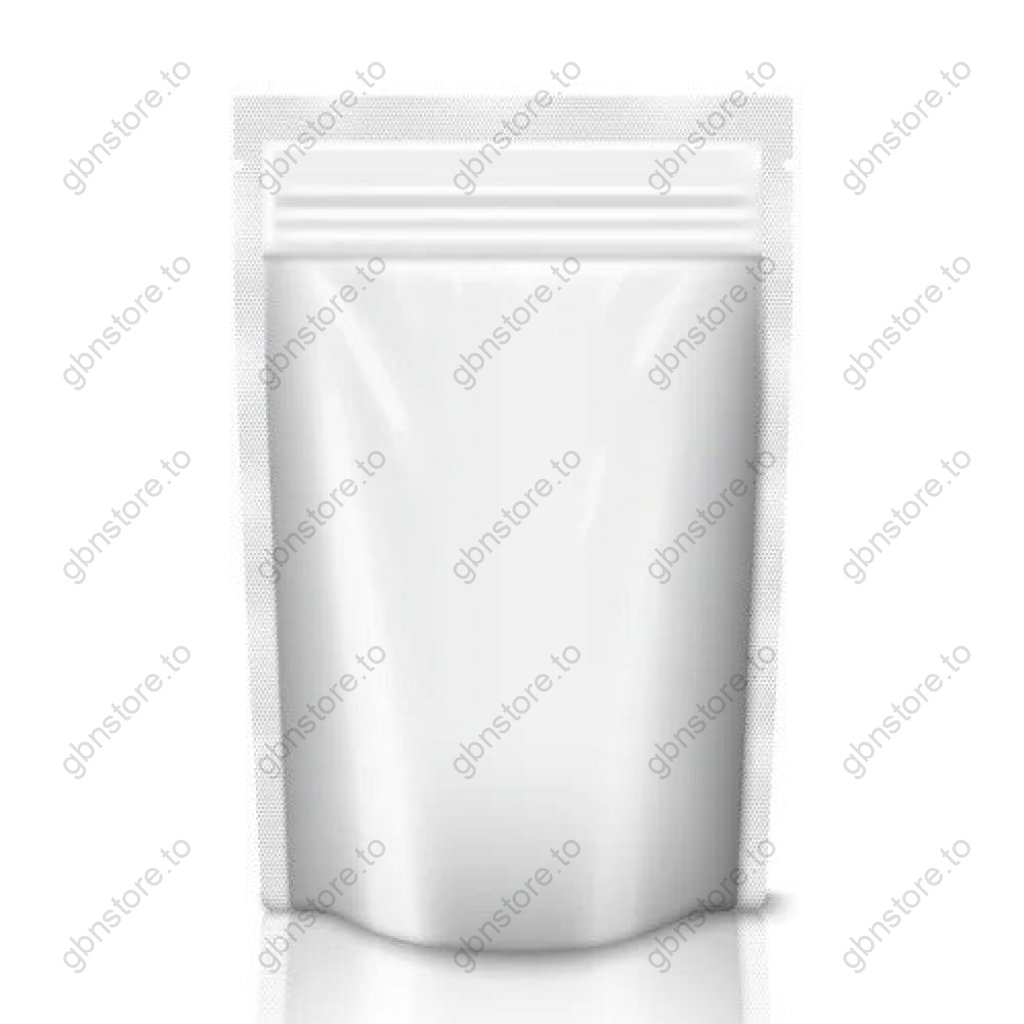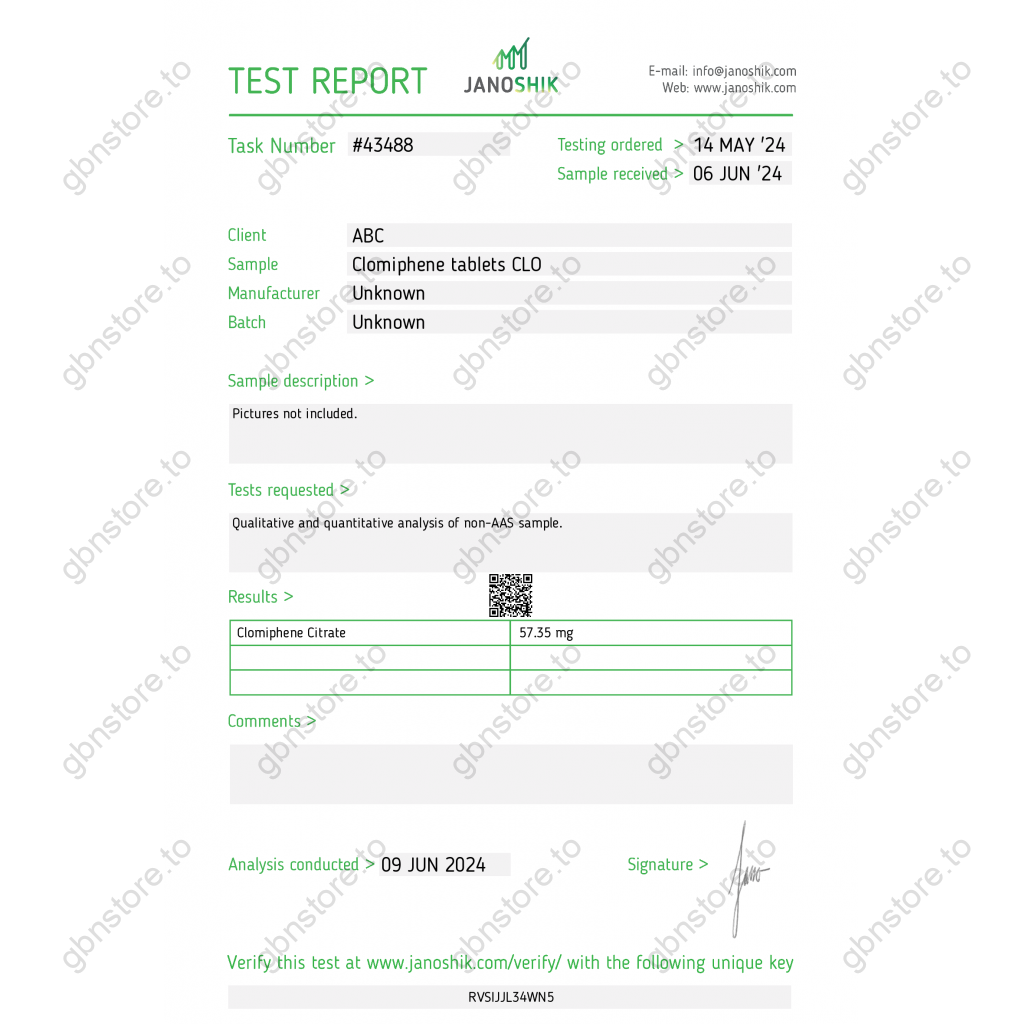



MANUFACTURER: Stealth Labs
ACTIVE INGREDIENT: Clomiphene Citrate
STRENGTH: 50 mg/tab
AMOUNT: 100 tabs
Clomiphene citrate, commonly known as Clomid, is a medication originally developed to induce ovulation in women with fertility issues. However, it has found a secondary use in the realm of hormone therapy for men, particularly in the context of post-cycle therapy (PCT) following anabolic steroid use and in testosterone replacement therapy (TRT). This article will delve into the nature of Clomid, its effects on natural testosterone production, and its role in PCT and TRT.
Clomid is a selective estrogen receptor modulator (SERM) that operates by binding to the body's estrogen receptors, thereby reducing the negative feedback on the hypothalamus and pituitary gland. In a man's body, this action can lead to increased secretion of the luteinizing hormone (LH) and follicle-stimulating hormone (FSH), which are critical for testosterone production. By mimicking the effects of reduced estrogen levels, Clomid tricks the body into believing that it needs to produce more testosterone.
In the context of PCT, Clomid is used to restore the natural balance of hormones disrupted by anabolic steroid use. Steroids can suppress the hypothalamic-pituitary-testicular axis (HPTA), leading to a decline in LH and FSH levels, which in turn suppresses natural testosterone production. When the steroid cycle ends, the body may struggle to resume normal hormonal function without intervention. Clomid is introduced to stimulate the pituitary gland to release LH and FSH, which then signal the testes to produce testosterone. This helps to kickstart the body's natural testosterone production, thereby facilitating a smoother transition from artificially elevated hormone levels back to homeostasis.
In TRT, Clomid is sometimes used to support natural testosterone production in men who are also receiving exogenous testosterone. The goal is to maintain the function of the testes and potentially reduce the reliance on testosterone injections. By increasing the body's own testosterone production, Clomid can help prevent testicular atrophy and other negative side effects associated with long-term exogenous testosterone use. Additionally, by blocking estrogen receptors, Clomid can mitigate the potential for estrogen-related side effects like gynecomastia (breast enlargement) and water retention that can occur with testosterone therapy.
During PCT, Clomid is used to counteract the negative feedback loop that occurs when the body senses high levels of androgens (like testosterone) from steroids. The hypothalamus responds by reducing the secretion of gonadotropin-releasing hormone (GnRH), which in turn decreases LH and FSH. Clomid works by binding to the estrogen receptors in the hypothalamus, fooling the body into thinking estrogen levels are low. This leads to increased GnRH production, which then stimulates the pituitary gland to release LH and FSH, prompting the testes to produce testosterone.
In TRT, Clomid can be employed when a man's body fails to produce sufficient testosterone naturally, despite receiving exogenous testosterone. By blocking estrogen receptors, Clomid can increase the bioavailability of LH, which then stimulates the Leydig cells in the testes to produce more testosterone. This can be beneficial for maintaining testicular function and potentially reducing the total amount of exogenous testosterone required for therapy. Moreover, by reducing estrogenic activity, Clomid can enhance the overall efficacy of testosterone and improve the patient's response to treatment.
Clomid plays a pivotal role in both PCT and TRT by influencing the body's natural testosterone production. In PCT, it assists in the reactivation of the HPTA, allowing the body to resume normal testosterone levels post-steroid use. In TRT, it can complement exogenous testosterone therapy by supporting the testes and managing estrogen levels. It is crucial to note that Clomid's use should always be under the guidance of a medical professional, as it can have side effects and interactions with other medications. The precise protocol for its administration, including dosage and duration, will depend on individual circumstances and the therapeutic goals of the patient.
Please log in to write Clomid 50 review.